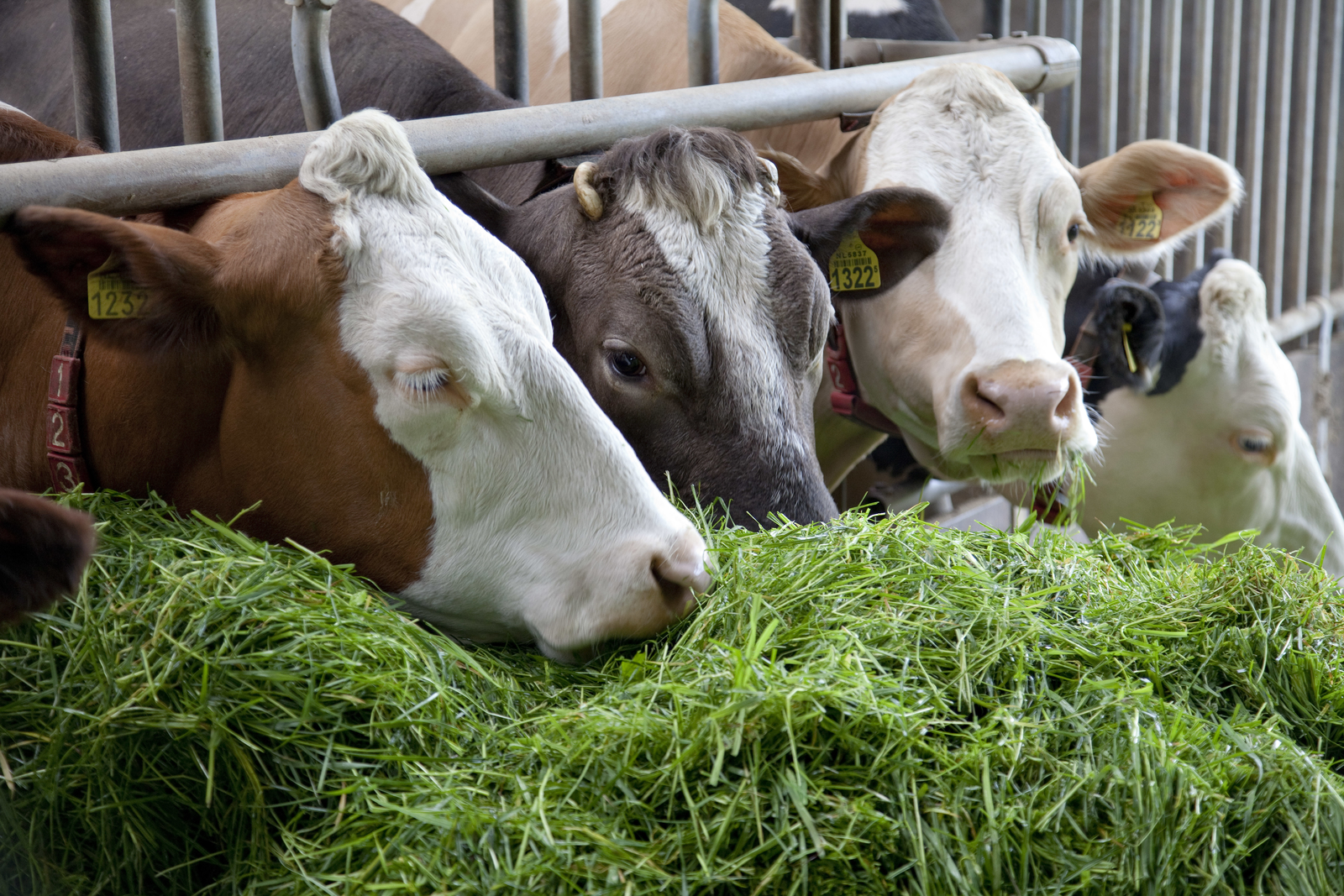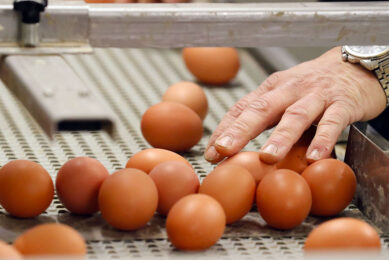Mixed grassland: Mineral concentrations vary

Mineral concentrations in herbage from mixed grassland are influenced by botanical composition, harvest and growth. This is one of the conclusions from recent Swiss research.
The research was performed by Agroscope in Switzerland and aimed to assess macro and micro mineral concentrations in fresh herbage from mixed grassland, according to a classification method used for nutrients and nutritive values. Analysing fresh herbage for its mineral concentrations is not common in practice. Thus, there is a need for reference values for mineral concentrations. Reference values for nutrient concentrations in herbage from fresh mixed grassland can be organised according to botanical composition, harvest time (first seasonal harvest and subsequent harvests) and growth stage to cover the main influencing agronomic factors.
To do so, 236 samples of fresh herbage from mixed grassland were collected from one experimental site during 5 seasons and analyses for the concentration of calcium (Ca), phosphorus (P), magnesium (Mg), potassium (K), sulphur (S), copper (Cu), sodium (Na), chlorine (Cl), iron (Fe), manganese (Mn), cobalt (Co), zinc (Zn) and selenium (Se). The samples were also placed in a specific group, depending on the percentage of grass, ryegrass and other herbaceous plants.
Effect botanical composition
It was shown that the botanical composition influenced all macro mineral and micro mineral concentrations, except Fe. Ryegrass rich herbage had comparable, but numerically lower mineral concentrations (except K, Na and Cl) and lower Mn concentrations than corresponding classes of botanical composition with less ryegrass.
Effect of harvest time and growth stage
All mineral concentrations, except Fe, were higher in subsequent harvests than in the 1st seasonal harvest. In case of an equilibrated (E) herbage (50–70% grass) at begin of heading, the macro mineral concentrations of Ca, P, Mg, K, Na, Cl and S were 21, 16, 31, 8, 31, 95 and 24% higher, respectively, than in the 1st harvest. The micro mineral concentrations of Cu, Mn and Zn for that herbage were, 31, 29 and 15% higher, respectively, than in the 1st harvest.
With the exception of Na, Cl and Ca, the mineral concentrations of herbage were progressively reduced with increasing maturity. With increasing growth stage, P, Mg, K, S, Fe and Cu, Mn and Zn concentrations progressively decreased. Sodium and Cl concentrations increased up to growth stage 3 and declined. Calcium concentrations remained stable with increasing growth stage.
Conclusions
The results of this study showed that macro and micro mineral concentrations were generally lowest in fresh mixed grassland herbage with high proportion of grasses, highest with high proportion of other broadleaved herbaceous plants, lower in the first harvest than in subsequent harvests and decreasing with increasing growth stage. The developed models may be considered to assess reference values in order to take into account the native mineral concentration of fresh herbage from mixed grassland when optimising herbivore diets in regards to a sustainable mineral supplementation.











